Patents Assigned to Oliver Rubber Company
Patent number: 6386025
Abstract: Apparatus and methods are provided for inspection of a tire for hidden irregularities and defects. The apparatus includes a remotely located control console to protect electronic components from contamination and debris associated with tire retreading and from mechanical vibration associated with handling and inspecting used tire casings. The apparatus includes a tire supporting and rotating assembly, a receiver control assembly, a moveable transmitter assembly for directing energy against a tire and a movable receiver assembly to receive energy passing through the tire. Components of the mechanical system used to control movement of the receiver assembly are spaced from components of the mechanical system which support and rotate the tire.
Type: Grant
Filed: July 17, 2001
Date of Patent: May 14, 2002
Assignee: Oliver Rubber Company
Inventor: Bruce M. Alexander
Publication number: 20010045125
Abstract: Apparatus and methods are provided for inspection of a tire for hidden irregularities and defects. The apparatus includes a remotely located control console to protect electronic components from contamination and debris associated with tire retreading and from mechanical vibration associated with handling and inspecting used tire casings. The apparatus includes a tire supporting and rotating assembly, a receiver control assembly, a moveable transmitter assembly for directing energy against a tire and a movable receiver assembly to receive energy passing through the tire. Components of the mechanical system used to control movement of the receiver assembly are spaced from components of the mechanical system which support and rotate the tire.
The apparatus includes a tire supporting and rotating assembly, a receiver control assembly, a moveable transmitter assembly for directing energy against a tire and a movable receiver assembly to receive energy passing through the tire. Components of the mechanical system used to control movement of the receiver assembly are spaced from components of the mechanical system which support and rotate the tire.
Type: Application
Filed: July 17, 2001
Publication date: November 29, 2001
Applicant: OLIVER RUBBER COMPANY
Inventor: Bruce M. Alexander
Patent number: 6269689
Abstract: Apparatus and methods are provided for inspection of a tire for hidden irregularities and defects. The apparatus includes a remotely located control console to protect electronic components from contamination and debris associated with tire retreading and from mechanical vibration associated with handling and inspecting used tire casings. The apparatus includes a tire supporting and rotating assembly, a receiver control assembly, a moveable transmitter assembly for directing energy against a tire and a movable receiver assembly to receive energy passing through the tire. Components of the mechanical system used to control movement of the receiver assembly are spaced from components of the mechanical system which support and rotate the tire.
The apparatus includes a remotely located control console to protect electronic components from contamination and debris associated with tire retreading and from mechanical vibration associated with handling and inspecting used tire casings. The apparatus includes a tire supporting and rotating assembly, a receiver control assembly, a moveable transmitter assembly for directing energy against a tire and a movable receiver assembly to receive energy passing through the tire. Components of the mechanical system used to control movement of the receiver assembly are spaced from components of the mechanical system which support and rotate the tire.
Type: Grant
Filed: March 18, 1999
Date of Patent: August 7, 2001
Assignee: Oliver Rubber Company
Inventor: Bruce M.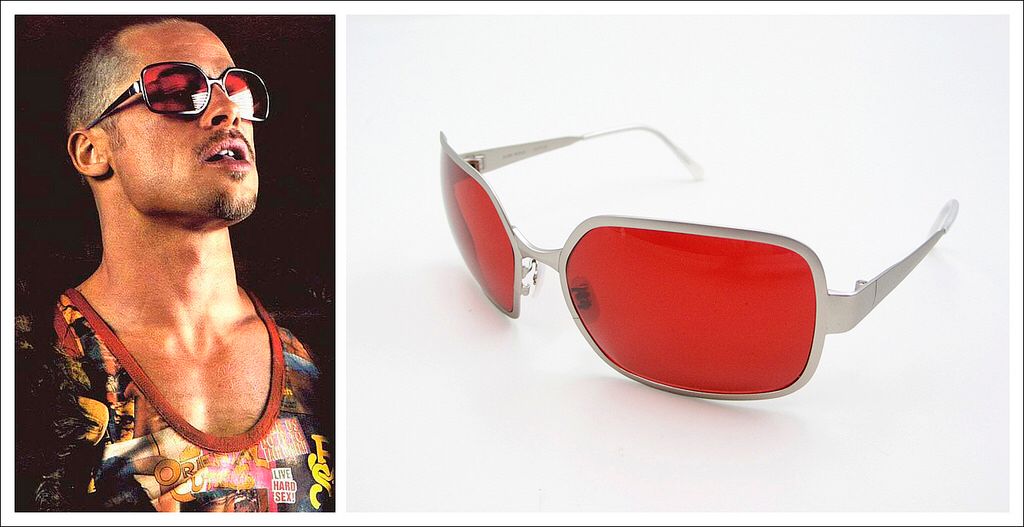 Alexander
Alexander
Patent number: 5866178
Abstract: Tire recapping or retreading apparatus and method including the use of a tread mold with a plurality of mold segments. A tread mold loading machine is used to position a prepared tire carcass or built tire relative to the mold segments and to install the mold segments on the exterior of the built tire. The mold segments are retained in place on the exterior of the tire carcass by a pair of tension springs. The tension springs hold the mold segments on the tire carcass after the mold segments have been released from the tread mold loading machine. The use of the tread mold loading machine and the mold segments eliminates distortion of the tire carcass during installation of the tread mold on the exterior of the built tire.
Type: Grant
Filed: September 5, 1996
Date of Patent: February 2, 1999
Assignee: Oliver Rubber Company
Inventors: Michael J. King, Robert A. Flynn, Andrew R. Clayton
Patent number: 5653847
Abstract: Tire recapping or retreading apparatus and method including the use of a tread mold with a plurality of mold segments. A tread mold loading machine is used to position a prepared tire carcass or built tire relative to the mold segments and to install the mold segments on the exterior of the built tire. The mold segments are retained in place on the exterior of the tire carcass by a pair of tension springs. The tension springs hold the mold segments on the tire carcass after the mold segments have been released from the tread mold loading machine. The use of the tread mold loading machine and the mold segments eliminates distortion of the tire carcass during installation of the tread mold on the exterior of the built tire.
A tread mold loading machine is used to position a prepared tire carcass or built tire relative to the mold segments and to install the mold segments on the exterior of the built tire. The mold segments are retained in place on the exterior of the tire carcass by a pair of tension springs. The tension springs hold the mold segments on the tire carcass after the mold segments have been released from the tread mold loading machine. The use of the tread mold loading machine and the mold segments eliminates distortion of the tire carcass during installation of the tread mold on the exterior of the built tire.
Type: Grant
Filed: June 7, 1995
Date of Patent: August 5, 1997
Assignee: Oliver Rubber Company
Inventors: Michael J. King, Robert A. Flynn, Andrew R. Clayton
King, Robert A. Flynn, Andrew R. Clayton
Patent number: 5554241
Abstract: Tire recapping or retreading apparatus and method including the use of a tread mold with a plurality of mold segments. A tread mold loading machine is used to position the prepared tire carcass relative to the mold segments and to install the mold segments on the exterior of the tire carcass. The mold segments are retained in place on the exterior of the tire carcass by a tension band. Resilient elastic tension bands or pre-stressed metal tension springs hold the mold segments on the tire carcass after the mold segments have been released from the tread mold loading machine. The use of the tread mold loading machine and the mold segments eliminates distortion of the tire carcass during installation of the tread mold.
Type: Grant
Filed: September 22, 1994
Date of Patent: September 10, 1996
Assignee: Oliver Rubber Company
Inventors: Michael J. King, Robert A. Flynn, Henry Torrez
Patent number: 5354406
Abstract: Tire recapping or retreading apparatus and method including the use of a tread mold with a plurality of mold segments.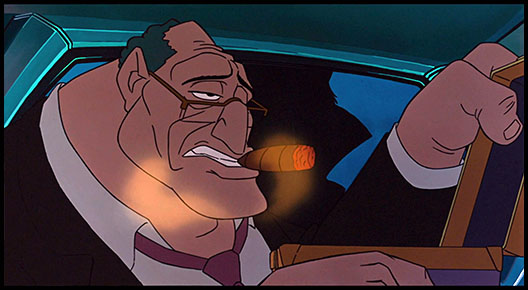 A tread mold loading machine is used to position the prepared tire carcass relative to the mold segments and to install the mold segments on the exterior of the tire carcass. The mold segments are retained in place on the exterior of the tire carcass by a tension band. Resilient elastic tension bands or pre-stressed metal tension springs hold the mold segments on the tire carcass after the mold segments have been released from the tread mold loading machine. The use of the tread mold loading machine and the mold segments eliminates distortion of the tire carcass during installation of the tread mold.
A tread mold loading machine is used to position the prepared tire carcass relative to the mold segments and to install the mold segments on the exterior of the tire carcass. The mold segments are retained in place on the exterior of the tire carcass by a tension band. Resilient elastic tension bands or pre-stressed metal tension springs hold the mold segments on the tire carcass after the mold segments have been released from the tread mold loading machine. The use of the tread mold loading machine and the mold segments eliminates distortion of the tire carcass during installation of the tread mold.
Type: Grant
Filed: April 12, 1993
Date of Patent: October 11, 1994
Assignee: Oliver Rubber Company
Inventors: Michael J.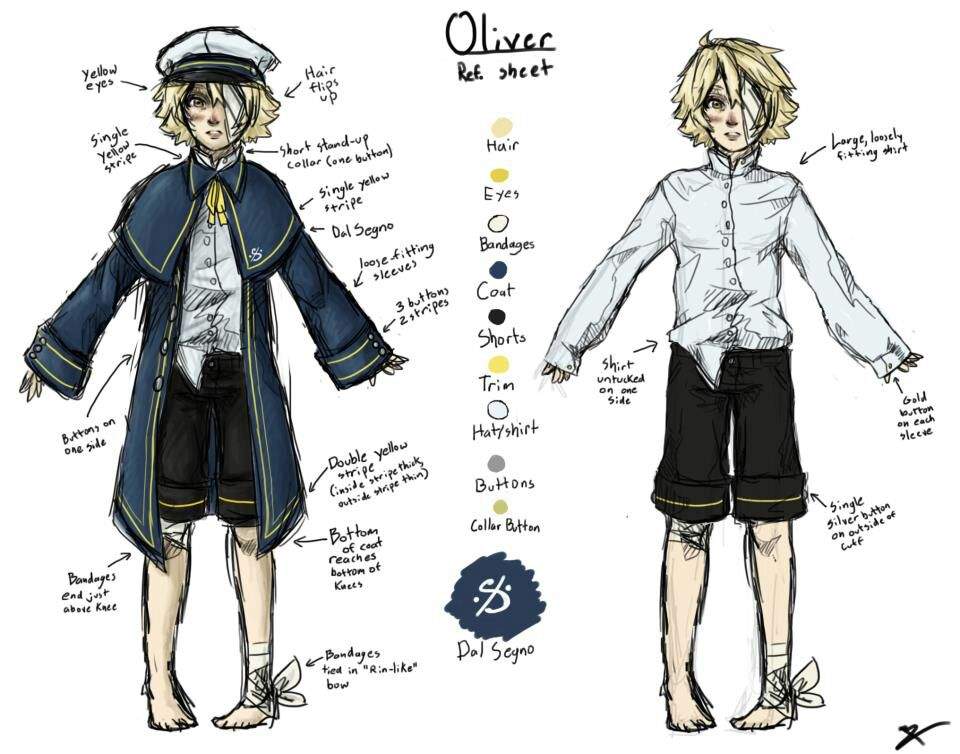 King, Robert A. Flynn, Henry Torrez
King, Robert A. Flynn, Henry Torrez
Patent number: 5342462
Abstract: A tire recapping and retreading method and apparatus that includes a rigid, segmented tread mold. The mold is retained in place over the tire carcass and uncured tread material by a resilient elastic tension band or prestressed metal tension springs. Further retaining force is provided by a resilient envelope to complete the formation of the retread when the tire and apparatus is placed in a hot air oven. The use of the rigid segmented mold described eliminates the distortion of the tire carcass by the mold.
Type: Grant
Filed: July 23, 1993
Date of Patent: August 30, 1994
Assignee: Oliver Rubber Company
Inventors: Michael J. King, Robert A. Flynn, Henry Torrez
King, Robert A. Flynn, Henry Torrez
Patent number: 5306130
Abstract: An improved curing envelope is provided for use in a retreading or recapping process. The improved curing envelope includes integrally formed gas passageways in the inner circumferential wall thereof which permits the ingress and egress of gas into the interior of the curing envelope and retains pre-cured tread material in position for properly forming or securing the new tread to the carcass during the bonding process.
Type: Grant
Filed: June 17, 1992
Date of Patent: April 26, 1994
Assignee: Oliver Rubber Company
Inventors: Michael J. King, Paul E. Rier, Jr., Robert A. Flynn
King, Paul E. Rier, Jr., Robert A. Flynn
Patent number: 4966640
Abstract: A curing ring device for a precured tread rubber recapping apparatus of the type wherein a tire assembly with a strip of tread rubber in place on a tire carcass is surrounded by a flexible envelope. The curing ring device which seals the envelope around the tire in its bead area comprises an annular pressure ring that engages the envelope around the tire bead area and has a plurality of backup pads that engage the inside of the tire bead at spaced apart locations. A single handle controls a linkage system that interconnects the pressure ring and the backup pads and closes them together so that sealing pressure is supplied by the ring against the envelope. The linkage system includes elements enabling the distance between the pressure ring and the backup pads in their closed, clamping position to be adjusted so that tires with different bead thicknesses can be accommodated by the device.
The linkage system includes elements enabling the distance between the pressure ring and the backup pads in their closed, clamping position to be adjusted so that tires with different bead thicknesses can be accommodated by the device.
Type: Grant
Filed: June 30, 1989
Date of Patent: October 30, 1990
Assignee: Oliver Rubber Company
Inventor: Gilbert L. Hill
Patent number: 4936138
Abstract: An apparatus for inspecting a tire for structural defects as the tire is rotated on a stand comprises a movable transducer transmitter for directing a plurality of successive collimated bursts of ultrasonic energy against the tire surface, said bursts passing through the tire and forming inspection areas having the same diameter and overlapping each other as the tire is rotated during an inspection cycle. A movable receiver transducer located on the other side of the tire from the transmitter is constantly positioned to receive the collimated ultrasonic energy that passes through each inspection area. Coordination control elements are provided for moving the transmitter transducer and the receiver transducer from one side of the tire to the other generally parallel to its axis of rotation while successive ultrasonic bursts are directed through the tire as it rotates during each inspection test and while maintaining substantially the same distance between the transducers for each burst.
A movable receiver transducer located on the other side of the tire from the transmitter is constantly positioned to receive the collimated ultrasonic energy that passes through each inspection area. Coordination control elements are provided for moving the transmitter transducer and the receiver transducer from one side of the tire to the other generally parallel to its axis of rotation while successive ultrasonic bursts are directed through the tire as it rotates during each inspection test and while maintaining substantially the same distance between the transducers for each burst.
Type: Grant
Filed: June 9, 1989
Date of Patent: June 26, 1990
Assignee: Oliver Rubber Company
Inventors: Charles R. Cushman, Loren J. Dikeman
Cushman, Loren J. Dikeman
Patent number: 4869759
Abstract: A method and apparatus for installing sidewall replacement members on a used tire carcass by attaching sidewall members to the pre-buffed and cement coated sidewalls of the tire carcass, covering each sidewall member with a flexible sidewall mold, placing a flexible curing envelope around said tire carcass including the sidewall molds and sealing the envelope in the bead area of the tire carcass. The envelope covered tire carcass is then placed in a curing chamber at a preselected temperature and pressures for time period sufficient to cure said sidewall members and bond them on said tire carcass. The sidewall members can be installed in conjunction with the installation of tread rubber on the tire.
Type: Grant
Filed: August 17, 1988
Date of Patent: September 26, 1989
Assignee: Oliver Rubber Company
Inventors: Michael J. King, Robert A. Flynn, Henry Torrez
Patent number: 4808256
Abstract: A curing ring device for a precured tread rubber recapping apparatus of the type wherein a tire assembly with a strip of tread rubber in place on a tire carcass is surrounded by a flexible envelope. The curing ring device which seals the envelope around the tire in its bead area comprises an annular pressure ring that engages the envelope around the tire bead area and has a plurality of backup pads that engage the inside of the tire berad at spaced apart locations. A single handle controls linkage system that interconnects the pressure ring and the backup pads and closes them together so that sealing pressure is supplied by the ring against the envelope.
The curing ring device which seals the envelope around the tire in its bead area comprises an annular pressure ring that engages the envelope around the tire bead area and has a plurality of backup pads that engage the inside of the tire berad at spaced apart locations. A single handle controls linkage system that interconnects the pressure ring and the backup pads and closes them together so that sealing pressure is supplied by the ring against the envelope.
Type: Grant
Filed: March 3, 1988
Date of Patent: February 28, 1989
Assignee: Oliver Rubber Company
Inventor: Gilbert L. Hill
Hill
Patent number: 4624732
Abstract: A device for use in vulcanizing a premolded, precured tire tread to a tire casing in a tire retreading operation, for sealing a retreading envelope against the tire carcass in the bead area of the tire. The device comprises a pair of rigid circular ring members each sized to fit against the exterior bead portion of the tire casing, with the envelope interposed between the ring and the tire casing. A series of interconnecting springs are attached to the rings at circumferentially spaced apart locations to hold them against the tire in the bead area, and spacers attached to at least some of said springs maintain a uniform distance between the bead portions of the tire casing. A compression member on an edge of each ring member provides increased sealing pressure against the envelope on the tire.
A compression member on an edge of each ring member provides increased sealing pressure against the envelope on the tire.
Type: Grant
Filed: March 25, 1985
Date of Patent: November 25, 1986
Assignee: 501 Oliver Rubber Company
Inventor: Michael J. King
FLEET TIRE SERVICE OF NORTH LITTLE ROCK, Appellee, v. OLIVER RUBBER COMPANY.
Before MURPHY and HEANEY, Circuit Judges, and ROSENBAUM,1 District Judge. Thomas G. Williams, Little Rock, AR, argued (Peter G. Kumpe, on the brief), for appellant. G. Steven Napper (argued), Little Rock, AR, for appellee.
Thomas G. Williams, Little Rock, AR, argued (Peter G. Kumpe, on the brief), for appellant. G. Steven Napper (argued), Little Rock, AR, for appellee.
Oliver Rubber Company (“Oliver”) appeals the district court's denial of its motion to stay an action for breach of contract brought by Fleet Tire Service of North Little Rock (“Fleet Tire”) pending arbitration under the terms of the contact. We reverse.
I.
In November 1990, Fleet Tire entered into a contract (“1990 Agreement”) with Oliver granting Fleet Tire a nonexclusive right to use Oliver's “Tuff-Cure System” of retreading tires. The 1990 Agreement contains an arbitration clause that provides:
Any controversy or claim arising out of or relating to this Agreement or any breach of its terms shall be settled by arbitration in accordance with the rules of the American Arbitration Association, and judgment upon the award rendered by the arbitrator(s) may be entered in any court having jurisdiction thereof.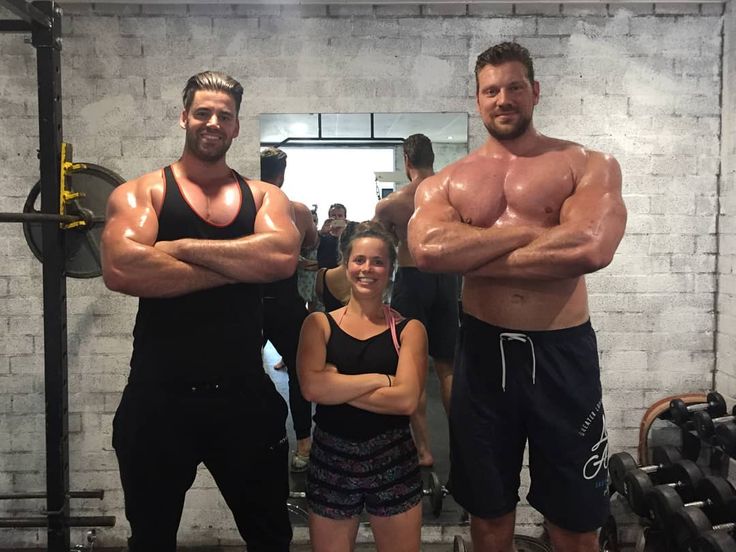 The expense of such arbitration shall be divided equally between the parties. The arbitration provided for in this Section 10 shall be the exclusive remedy for any dispute between Oliver and [Fleet Tire], as a substitute for any and all legal remedies and proceedings that would otherwise be available to them.
The expense of such arbitration shall be divided equally between the parties. The arbitration provided for in this Section 10 shall be the exclusive remedy for any dispute between Oliver and [Fleet Tire], as a substitute for any and all legal remedies and proceedings that would otherwise be available to them.
1990 Agreement, § 10. The 1990 Agreement also contains a provision that requires any amendment or modification to be made in writing and signed by both parties. 1990 Agreement, § 9.5.
In February 1995, a sales representative for Oliver signed a letter (“1995 Letter”) prepared by Fleet Tire granting Fleet Tire an exclusive market area for the Tuff-Cure System within a fifty-mile radius of Little Rock and Russellville, Arkansas. Fleet Tire never countersigned the letter. Subsequent to Fleet Tire's receipt of the 1995 Letter, Oliver entered into a Tuff-Cure System license agreement with another company that included the Little Rock area.
Fleet Tire filed a complaint alleging that Oliver violated Fleet Tire's exclusive-market rights provided by the 1995 Letter. Oliver moved to stay the proceedings in district court, asserting that Fleet Tire's claim was subject to the 1990 Agreement's arbitration clause. The district court denied the motion, holding that Fleet Tire's complaint arose under the 1995 Letter and that the provisions of that letter are “collateral” to the 1990 Agreement. Because the district court misapplied the standard for determining when a collateral matter is subject to an arbitration clause, and because the arbitration clause at issue is broad enough to cover this dispute, we reverse.
Oliver moved to stay the proceedings in district court, asserting that Fleet Tire's claim was subject to the 1990 Agreement's arbitration clause. The district court denied the motion, holding that Fleet Tire's complaint arose under the 1995 Letter and that the provisions of that letter are “collateral” to the 1990 Agreement. Because the district court misapplied the standard for determining when a collateral matter is subject to an arbitration clause, and because the arbitration clause at issue is broad enough to cover this dispute, we reverse.
II.
While we review the district court's factual findings for clear error, our review of the construction of the arbitration agreement is de novo. Nordin v. Nutri/System, Inc., 897 F.2d 339, 344 (8th Cir.1990). Although a court may not impose arbitration on a party who has not agreed to be subject to it, Case Int'l Co. v. T.L. James & Co., 907 F.2d 65, 66 (8th Cir.1990), federal policy favors arbitration. Moses H. Cone Mem'l Hosp. v. Mercury Const. Corp., 460 U.S. 1, 24-25, 103 S.Ct. 927, 941, 74 L.Ed.2d 765 (1983) (questions relating to the scope of arbitrable issues “should be resolved in favor of arbitration”).
v. Mercury Const. Corp., 460 U.S. 1, 24-25, 103 S.Ct. 927, 941, 74 L.Ed.2d 765 (1983) (questions relating to the scope of arbitrable issues “should be resolved in favor of arbitration”).
The district court found that a valid arbitration agreement between Oliver and Fleet Tire exists based on the 1990 Agreement but noted that “arbitration of [a] dispute cannot be compelled merely based upon the existence of an arbitration clause in the main agreement” if the controversy is collateral to the agreement. Dist. Ct. Op. at 6 (citing Wilson v. Subway Sandwiches Shops, Inc., 823 F.Supp. 194, 199 (S.D.N.Y.1993)). The court found that the 1995 Letter could not be a modification or amendment to the 1990 Agreement in the absence of signings by both parties and that the 1995 Agreement was specifically nonexclusive. Therefore, the court held that the 1995 Letter granting exclusivity did not arise under the 1990 Agreement and is therefore collateral to that agreement.
We hold that the court misapplied the rule governing whether the arbitration clause applies to Fleet Tire's claim. While the rule established in Wilson prohibits the application of an arbitration agreement to collateral claims, it only does so when the arbitration agreement is narrow. In Prudential Lines, Inc. v. Exxon Corp., 704 F.2d 59, 63 (2d Cir.1983), cited in Wilson, the Second Circuit sets out the two inquiries a court must make in determining whether an arbitration clause applies: (1) whether the clause is broad or narrow; and (2) if the clause is narrow, whether the dispute involves an agreement collateral to the agreement containing the arbitration clause. The district court failed to conduct the first inquiry under Prudential; that is, the court did not determine whether the arbitration clause is broad or narrow.
While the rule established in Wilson prohibits the application of an arbitration agreement to collateral claims, it only does so when the arbitration agreement is narrow. In Prudential Lines, Inc. v. Exxon Corp., 704 F.2d 59, 63 (2d Cir.1983), cited in Wilson, the Second Circuit sets out the two inquiries a court must make in determining whether an arbitration clause applies: (1) whether the clause is broad or narrow; and (2) if the clause is narrow, whether the dispute involves an agreement collateral to the agreement containing the arbitration clause. The district court failed to conduct the first inquiry under Prudential; that is, the court did not determine whether the arbitration clause is broad or narrow.
We believe that, as a matter of law, the arbitration clause in the 1990 Agreement is broad. The clause provides that arbitration is the exclusive remedy available to the parties to settle controversies or claims that not only arise from the 1990 Agreement but also those “relating to” the contract. The Second Circuit considered language nearly identical to the language here, calling it “the paradigm of a broad clause.” Collins & Aikman Prods. Co. v. Building Sys., Inc., 58 F.3d 16, 20 (2d Cir.1995).2 Such a provision constitutes the broadest language the parties could reasonably use to subject their disputes to that form of settlement, including collateral disputes that relate to the agreement containing the clause.
The Second Circuit considered language nearly identical to the language here, calling it “the paradigm of a broad clause.” Collins & Aikman Prods. Co. v. Building Sys., Inc., 58 F.3d 16, 20 (2d Cir.1995).2 Such a provision constitutes the broadest language the parties could reasonably use to subject their disputes to that form of settlement, including collateral disputes that relate to the agreement containing the clause.
Having found that the arbitration clause in the 1990 Agreement is broad, we turn to whether Fleet Tire's claim relates to the subject of the 1990 Agreement. Where a broad arbitration clause is in effect, even the question of whether the controversy relates to the agreement containing the clause is subject to arbitration. See Prudential Lines, 704 F.2d at 63. The fact that the 1995 Letter purportedly grants Fleet Tire an exclusive market for the Oliver retreading process originally conferred in the 1990 Agreement clearly demonstrates that the present dispute relates to the 1990 Agreement.
Neither party challenges the fact that each freely entered into the agreement that provides arbitration as the exclusive remedy for disputes relating to the agreement.
Neither may now frustrate the purpose of the clause by making the court the first step in resolving controversies related to the 1990 Agreement. Such an avoidance can now be achieved only by bargaining for a new agreement that provides other remedies.
III.
Accordingly, we reverse the district court and remand with instructions to grant Oliver's motion for a stay pending arbitration of Fleet Tire's claim.
FOOTNOTES
2. The contract in Collins & Aikman provided that “[a]ny claim or controversy arising out of or relating to this agreement shall be settled by arbitration ․ in accordance with the Rules then obtaining of the American Arbitration Association.” Collins & Aikman Prods. Co. v. Building Sys., Inc., 58 F.3d 16, 18 (2d Cir.1995).
HEANEY, Circuit Judge.
Answer Your Question
We're Open 24/7
24 Hours a Day
We're Open 7 Days a Day
7 Days a Week
One Type of Tire Damage that Unfortunately Happens to Everyone tires without exception - tread wear. Most retreading shops do not retread passenger tires. By learning a little about retreading, you can quickly see that the performance of the new tires matches or exceeds them. In today's article, we'll talk about how this is done.
Most retreading shops do not retread passenger tires. By learning a little about retreading, you can quickly see that the performance of the new tires matches or exceeds them. In today's article, we'll talk about how this is done. The development of retreads can be credited to Marion Oliver, who in 1912 developed and patented pre-cured treads. The method is similar to the modern retreading process (the service on Dmitrovskoye Shosse repairs truck tires): first, the carcass was polished to the ground, then a new tire layer was added.
Restorations became especially popular during the Great Depression. People were able to use the rubber until it wore out and then re-tread. World War II had a similar effect on the tread repair industry. As post-war America struggled to make ends meet, retreading was a cost-effective way to keep cars and trucks on the road.
However, for a variety of reasons, including the falling cost of new tires (fitted at CAO), tire retreading gradually declined in the 60s, 70s and 80s. Truck tire repair 24/7 worked more on other damage.
Retreading saw a resurgence in the 1990s when computer-controlled tire retreaders became widely available. Machines were also developed that could scan tires with ultrasound and x-rays, making selective cases, and in turn retreads, even safer. Modern retreaded tires can last as long as new tires and are just as safe (tire repairs are carried out in SVAO).
 New technologies such as airless tires are being tested on trucks. Cars themselves are changing, with the advent of electric powertrains and the development of autonomous vehicles, tire needs will also change.
New technologies such as airless tires are being tested on trucks. Cars themselves are changing, with the advent of electric powertrains and the development of autonomous vehicles, tire needs will also change. Meanwhile, environmental concerns are a top concern for tire manufacturers producing 242 million units each year, making refurbishment an attractive option when compared to buying tires (service with installation in Dolgoprudny).
Modern light truck/SUV tires are excellent for traction, smooth stopping and improved noise reduction and safety. Tires will be installed and repaired in our car service - cashless payment is available.
Retreading is the process of applying new tread to the carcass of a used tire.
Regrooving is the process of grooving a tire to increase the remaining tread depth.
The main benefit of retreading is the reduction in waste, which means less environmental impact from business activities.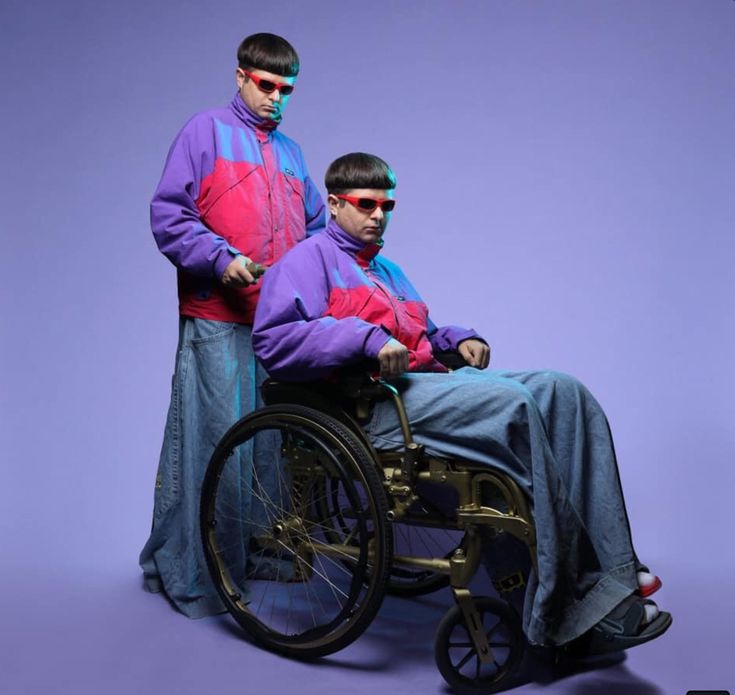 Increasingly, customers are demanding that their suppliers use the most environmentally friendly business practices, and retreading is one of them. Retreading can also significantly reduce operating costs and provide tires with performance comparable to new tyres, but at a lower cost.
Increasingly, customers are demanding that their suppliers use the most environmentally friendly business practices, and retreading is one of them. Retreading can also significantly reduce operating costs and provide tires with performance comparable to new tyres, but at a lower cost.
Retreading can be done several times. The possibility of restoration depends on the field of activity of the transport fleet and the way it is managed. If you want to use your tires more than once, the following wear factors must be considered:
There are two methods for retreading. Mold vulcanization ensures the restoration of the carcass across the entire width between the bead rings. The unvulcanized rubber is applied to the prepared tire and placed into the mold, just like when making new tires. The appearance of a tire retreaded in this way is no different from a new tyre, with the exception of a special marking on the sidewalls indicating the retread.
The unvulcanized rubber is applied to the prepared tire and placed into the mold, just like when making new tires. The appearance of a tire retreaded in this way is no different from a new tyre, with the exception of a special marking on the sidewalls indicating the retread.
The process of pre-vulcanization (or cold vulcanization) consists of placing a preformed and cured tread onto the tire carcass. The tread is glued to the frame with a thin layer of special unvulcanized rubber (intermediate or cushion rubber), which, after vulcanization, acts as an adhesive.
Retreading is available for Goodyear TreadMax and Next Tread tires.
Go to tire page
Contact us for more information on pre-vulcanized reconditioning services.
Contacts
As with treading, grooving extends tire life and reduces costs.